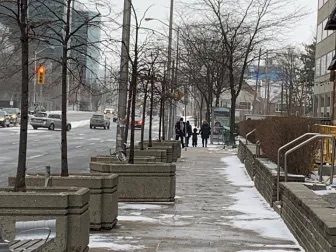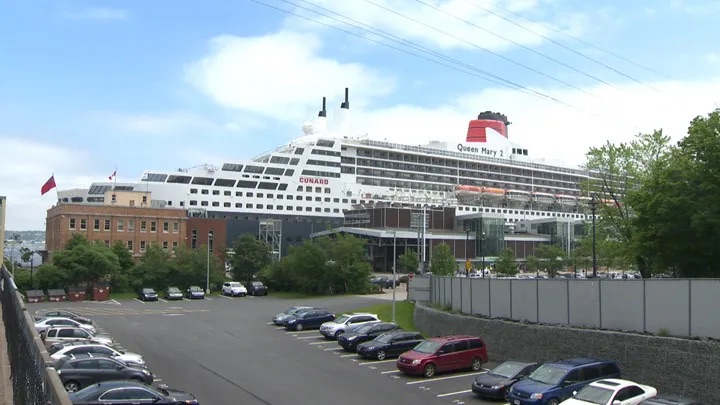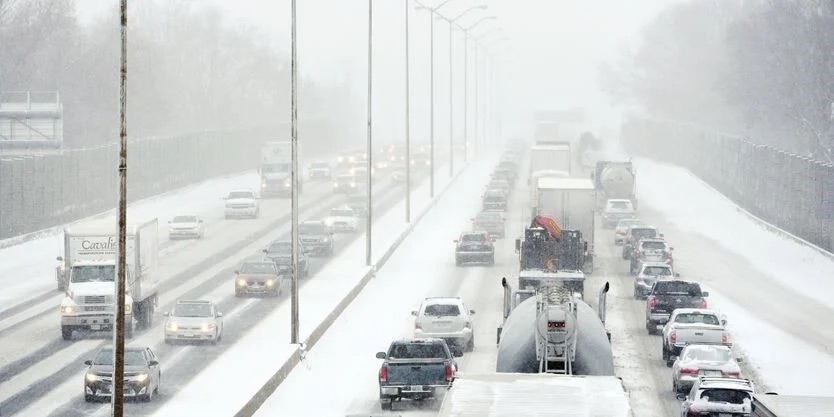It was a crisp April morning in 2025 when Canadians across the country began checking their bank accounts with anticipation. The final installment of the Canada Carbon Rebate had officially started rolling out, marking the end of an era in the country’s climate policy. For many, this wasn’t just another payment—it was the last chapter in a program that had become a quiet but consistent part of household budgeting.
The Canada Carbon Rebate, once a quarterly relief measure to offset the costs of the federal carbon tax, had been a financial lifeline for families navigating rising energy costs. For a family of four, the annual benefit could reach up to $1,800, depending on where they lived. The payments were designed to be fair, predictable, and, perhaps most importantly, automatic—no applications, no red tape, just a deposit or a cheque in the mail.
April 22, 2025, was circled on calendars and set as a reminder on phones. That was the day the final payment would be issued for those who had filed their taxes on time. In provinces like Alberta and Ontario, where the federal carbon pricing system applied, families were preparing to receive their last quarterly boost. Rural households, often facing higher heating and transportation costs, saw an extra 20% added to their payments, a nod to the unique challenges of living outside urban centers.
In Alberta, rural families could receive up to $1,200 annually from the program, while in Ontario, the figure reached up to $840. These weren’t insignificant amounts. For many, the rebates helped cover groceries, utility bills, or even a bit of savings for a rainy day. But with the federal consumer carbon tax officially eliminated on April 1, 2025, under the leadership of Prime Minister Mark Carney, the rebate program had reached its conclusion.
The policy shift was swift and sweeping. Gasoline prices dropped almost overnight—by about 17.6 cents per litre—offering visible, tangible relief at the pump. Natural gas bills, however, would see reductions more gradually. The government framed the move as a way to ease cost-of-living pressures, but not everyone was convinced. Critics argued that while fuel prices dipped, the end of regular rebate payments could leave low- and middle-income households worse off in the long run.
Still, as the final deposits landed in bank accounts and the last envelopes were opened, Canadians took a moment to reflect. The Canada Carbon Rebate had done its job—quietly, efficiently, and with little fanfare. And now, as the country turned a page on its climate strategy, families were left to navigate a new landscape, one without the quarterly rhythm of rebate day.









